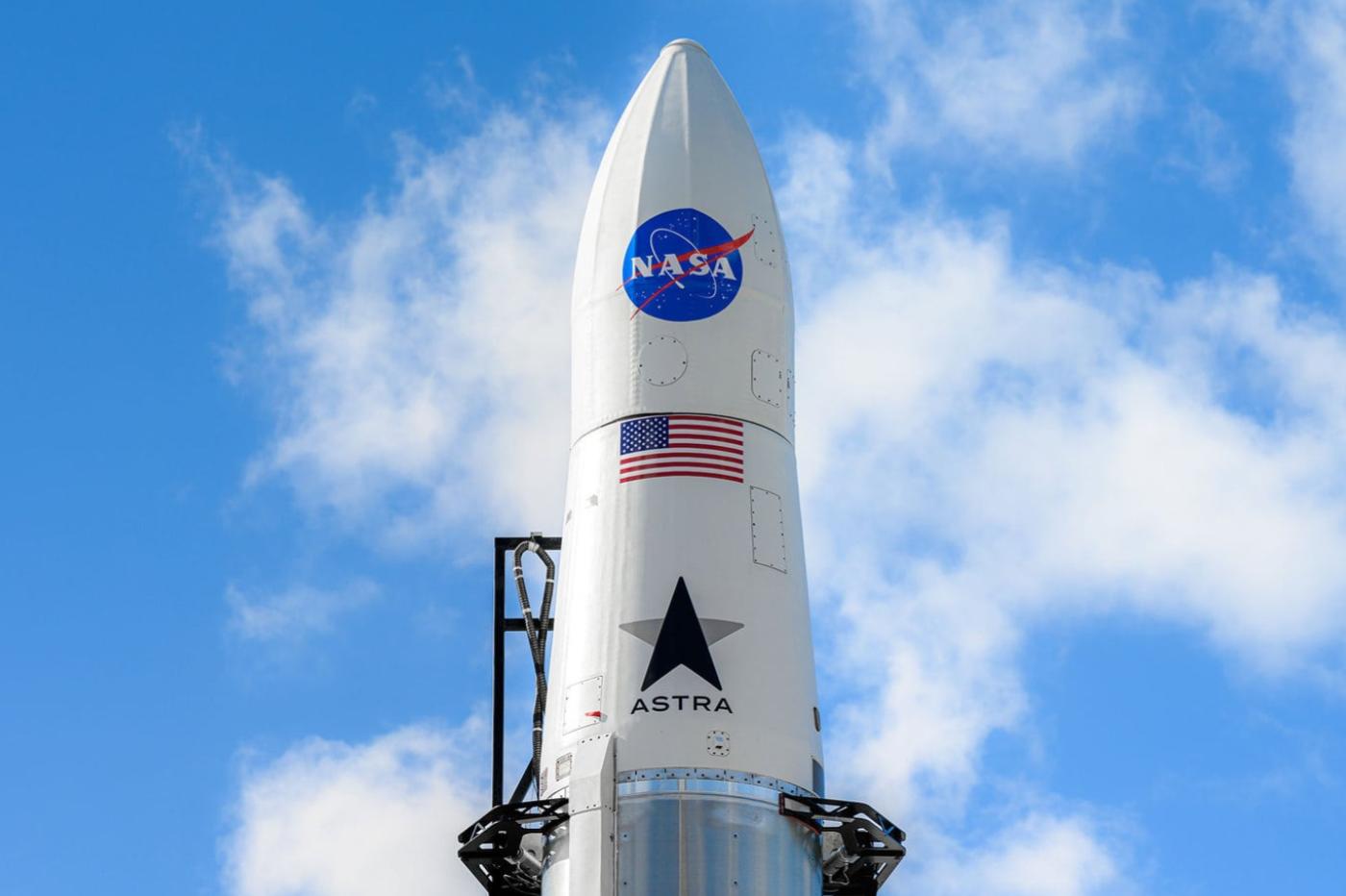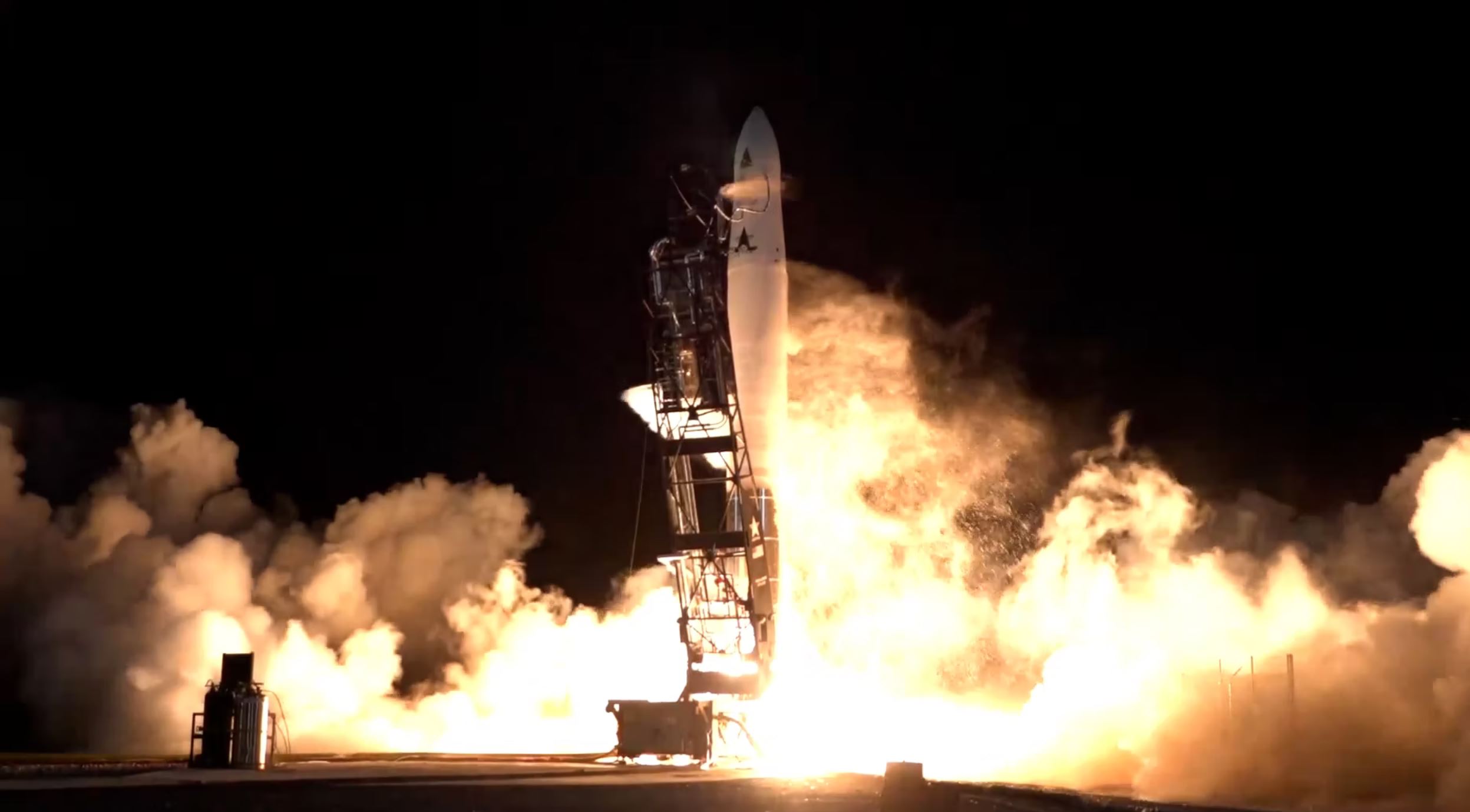
Even if SpaceX has trivialized the exception, reaching orbit remains very complicated; Astra, a young American aerospace company, paid the price.
Astra yesterday launched the very first Florida launch of its Rocket 3.3, a small format rocket that carried four small CubeSat satellites. Its objective: to put them into orbit under a contract on behalf of NASA, and the universities of Alabama, New Mexico and California. Unfortunately, not everything went as planned; a technical incident caused the engineers to lose control of the vehicle, and the four satellites are therefore officially missing.
“We encountered a problem during today’s flight“, at tweeted Astra CEO Chris Kemp in a mea culpa published shortly after the incident. “I am deeply sorry that we were unable to deliver our client’s equipment. I am currently working with the team working on the data, and we will communicate more information as soon as possible.e”.
Today, the aerospace landscape is much more diverse than a few years ago. Behind the juggernaut SpaceX, which has just thrown a spotlight on its famous Starship, we find a whole bunch of other private companies who each have their specialty; some very famous and well established for several years, such as the indestructible ULAbut also others, more modest, like Astra.
A very different Tom Thumb from SpaceX
The latter has quite recently started working with NASA, which continues to expand its catalog of private partners; it was now looking for an ally capable of producing small, light and economical devices in order to extend its capacity to deploy small satellites. And this is precisely the specialty of Astra.
This young shoot founded in 2016 is distinguished by its philosophy radically opposed to that of SpaceX. Where the Starship is intended to embark more than 100 tons in orbit, even towards Mars, the payload of the rockets of Astra is rather counted in kilos; the objective is rather to work with universities, laboratories, and other institutions of public interest.
A philosophy that is both virtuous and rather unique in this sector. And if this is a strategic advantage, it is also a great engineering challenge since everything remains to be invented in this niche of aerospace. And that, Astra learned the hard way. Indeed, this is not the first accident in the history of the firm; it has already lost several vehicles, including one during a test on behalf of the US Space Force on August 28, 2021.

A failure far from dramatic
Failures that have nothing infamous in this sector where, let us remember, failure remains the norm. Even if it had certainly preferred another outcome, NASA does not hold it against them – unlike the action of Astra which plunged after the incident. For Hamilton Fernandez, mission manager for the American agency, “these missions are critical for the development of this new niche“, he says while showing his support for his partner. “Astra teams have proven their investment in the NASA mission. The lessons they learn will benefit everyone“, he explains in a press release spotted by The Verge.
Astra must therefore be given time to develop its particular approach to maturity, without polluting the project with unreasonable expectations. And it’s probably only a matter of time; meanwhile, Astra managed to reach orbit for the first time on November 20. All that remains is for him to fine-tune and optimize his system.



